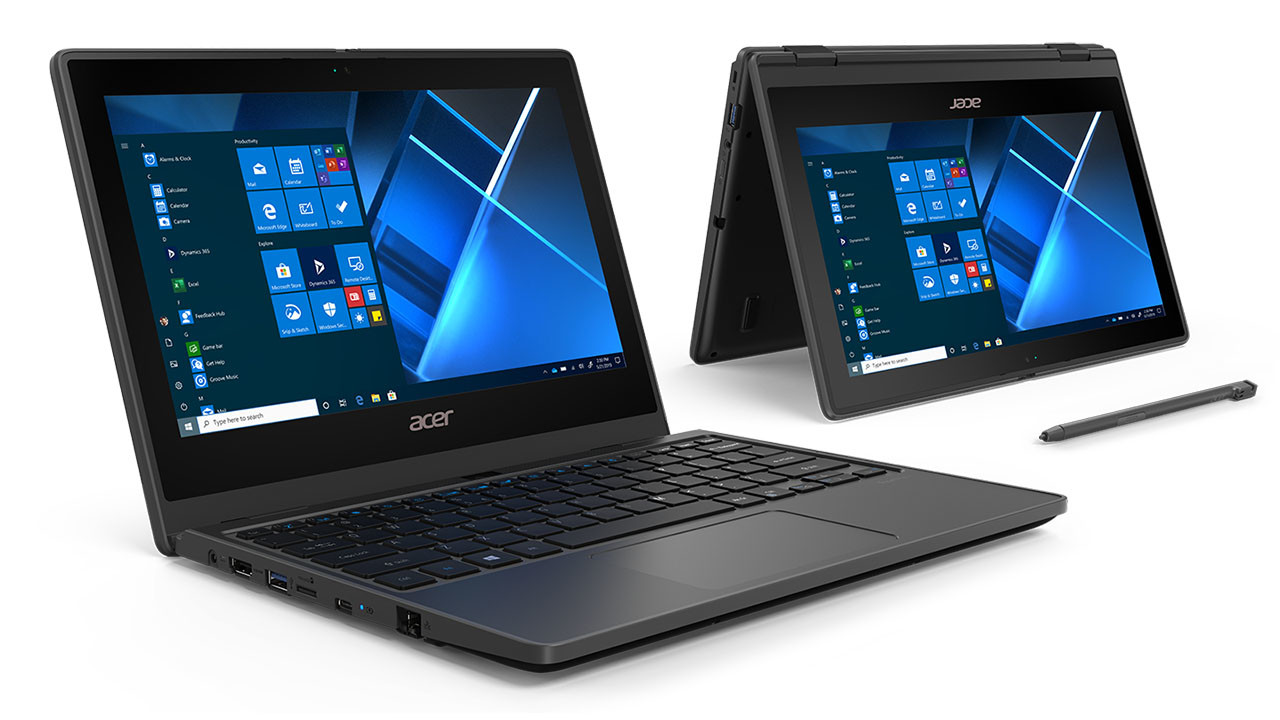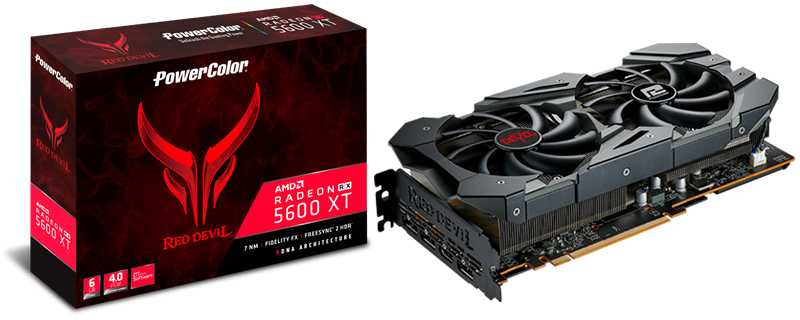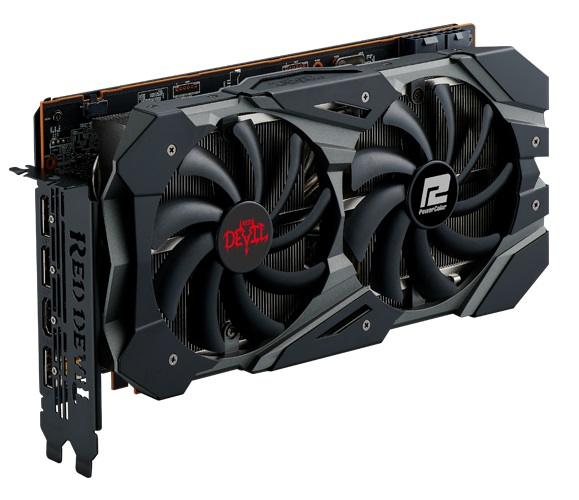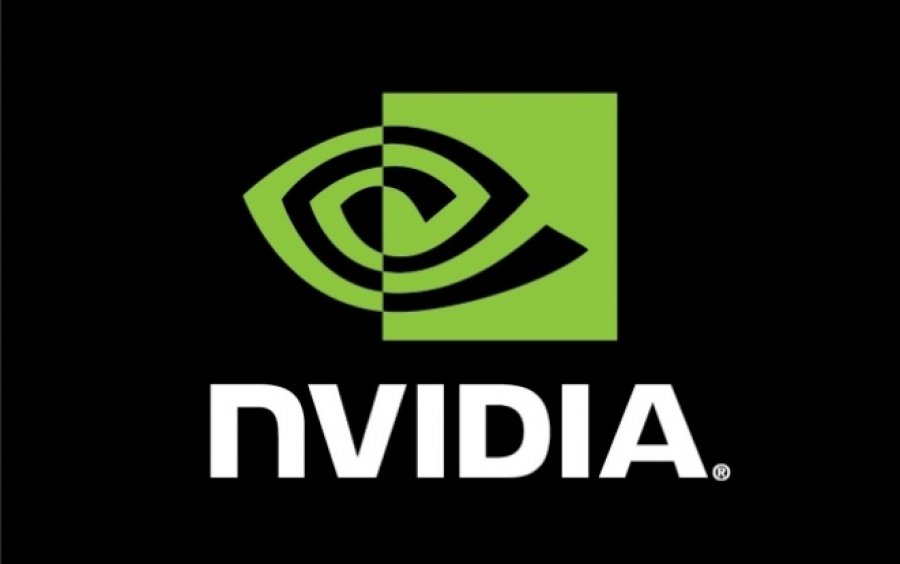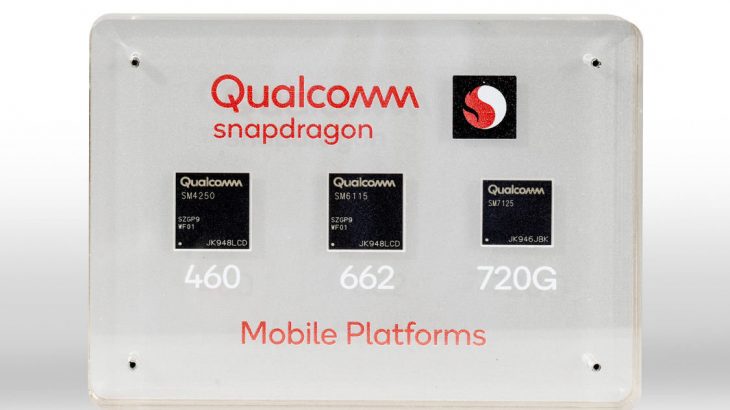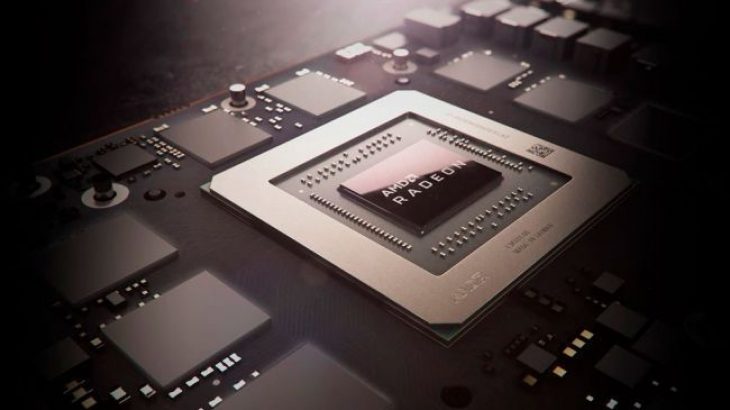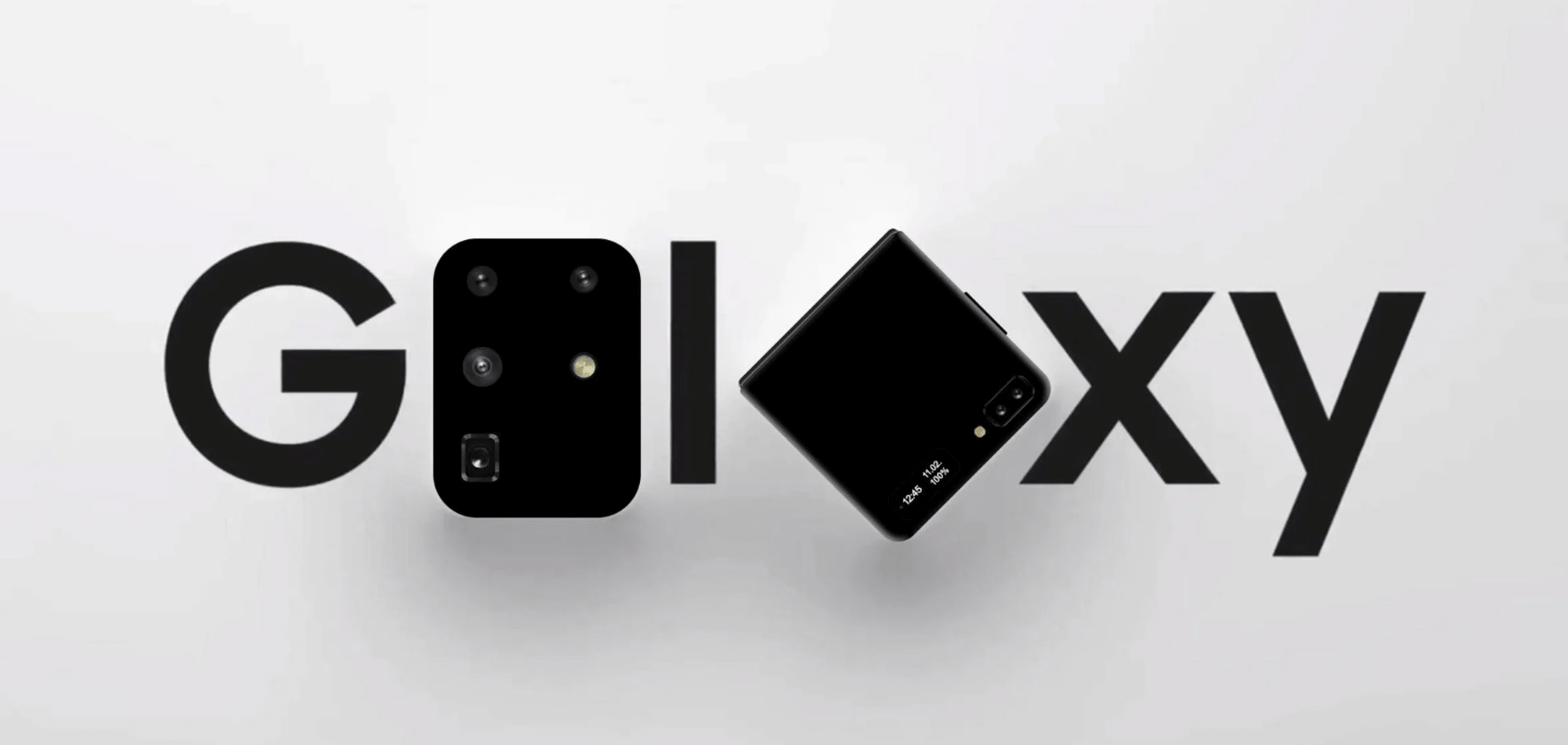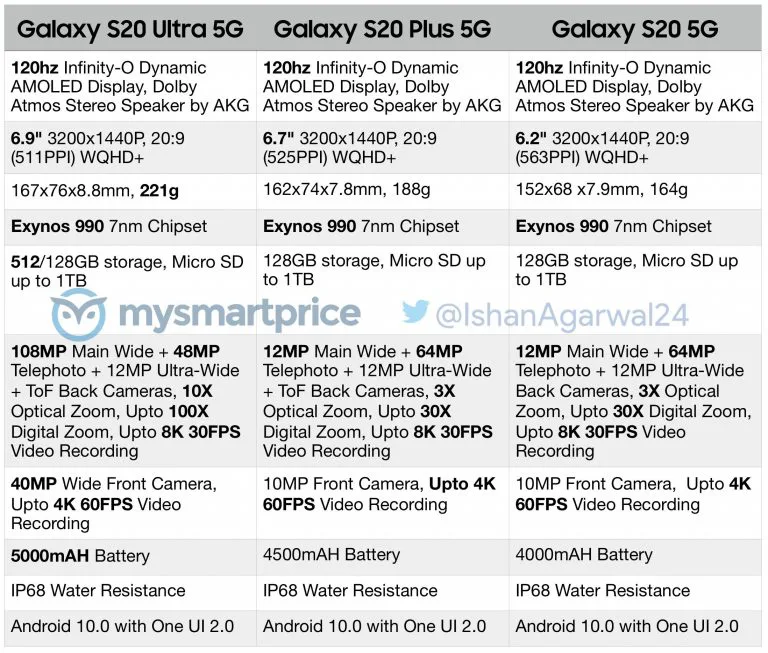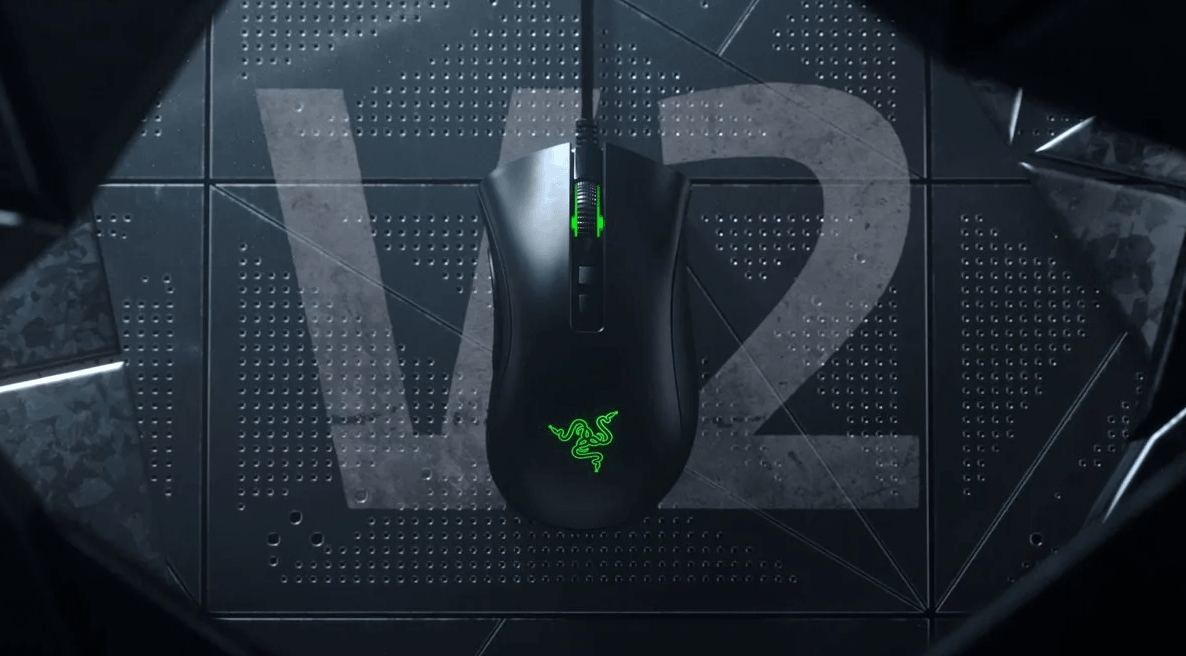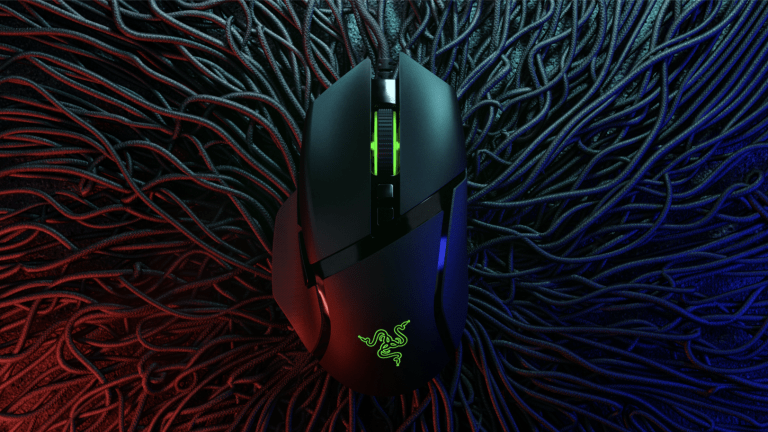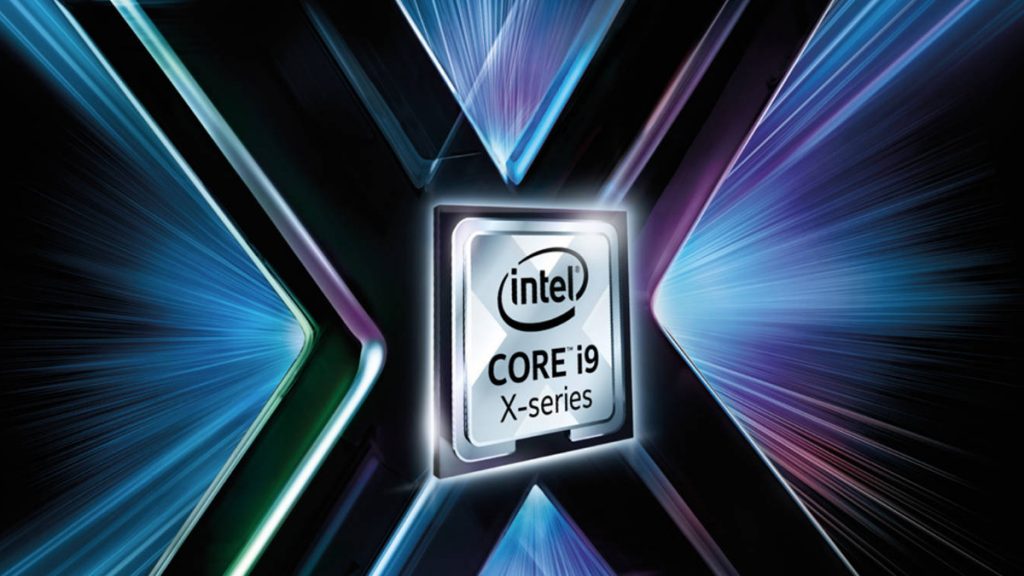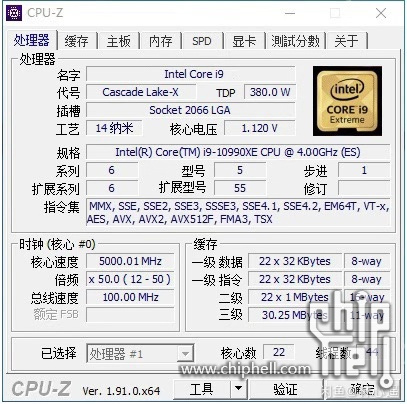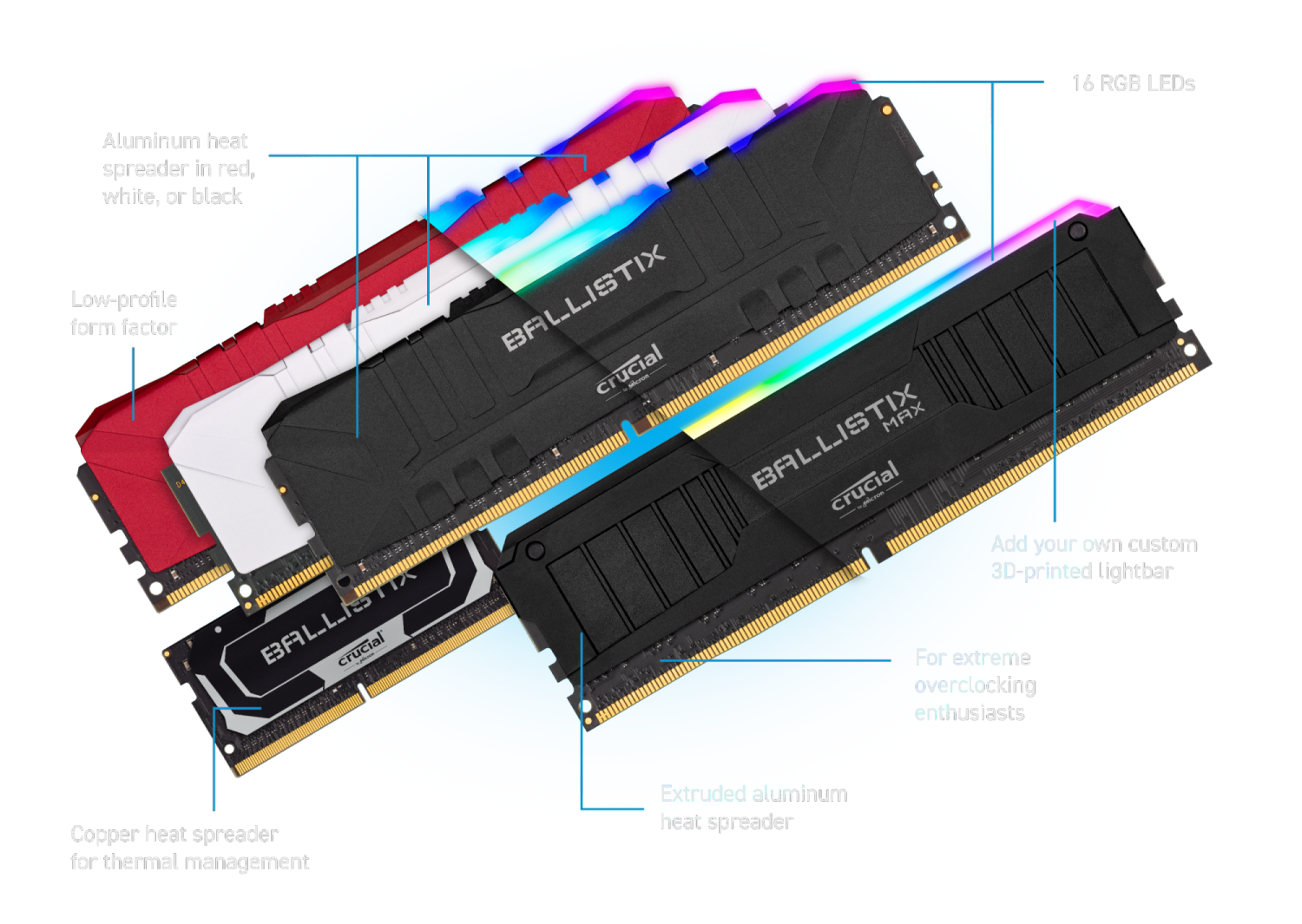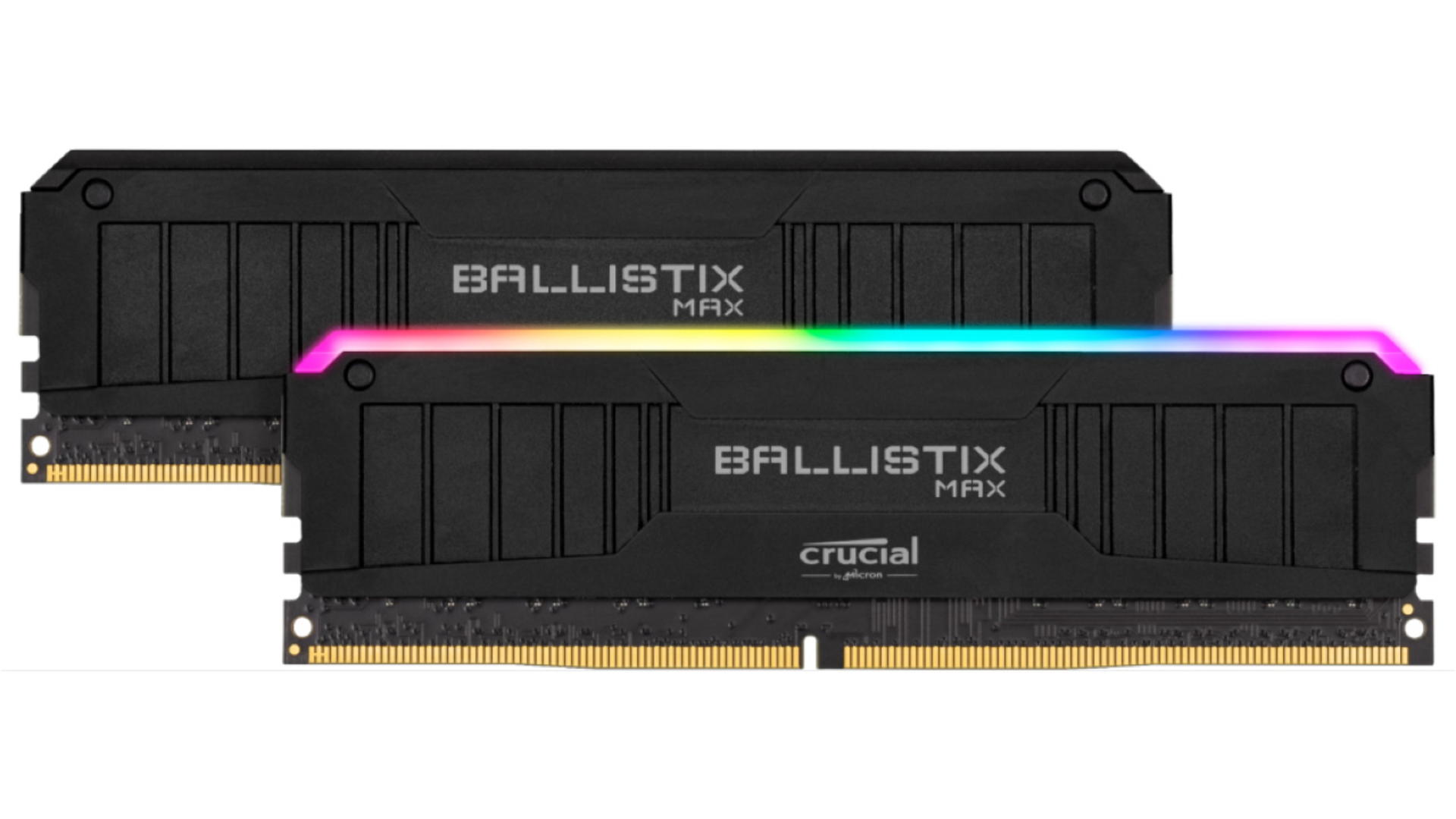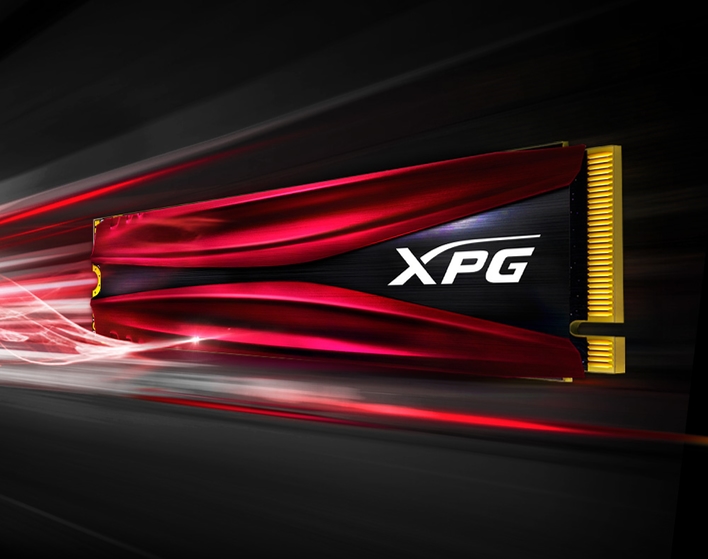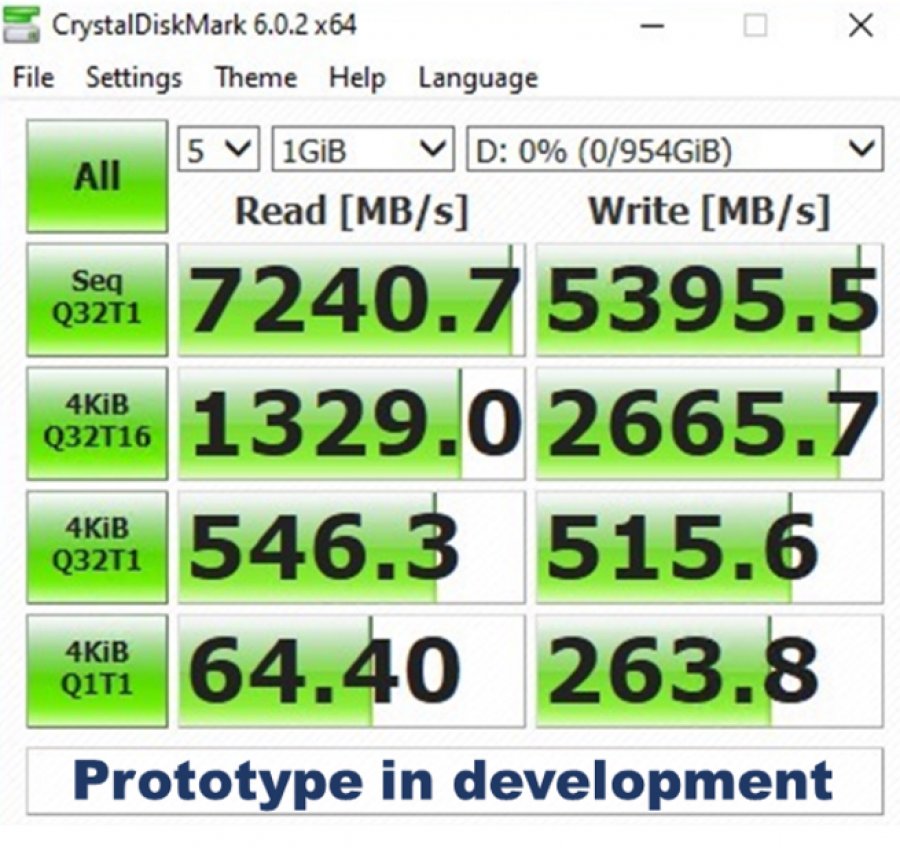TravelMate B3 and TravelMate Spin B3, are clamshell and convertible models, and, apart from the format, the two devices are pretty similar. Both laptops have Intel Pentium or Celeron processors as well as 11.6-inch HD display. The convertible model supports the touch input feature and has support for the Wacom AES pencil. The laptops are designed to be durable, to the standard MIL-STD-810G.
TravelMate B3 and TravelMate Spin B3 will be available from April, priced at $239 and $329.
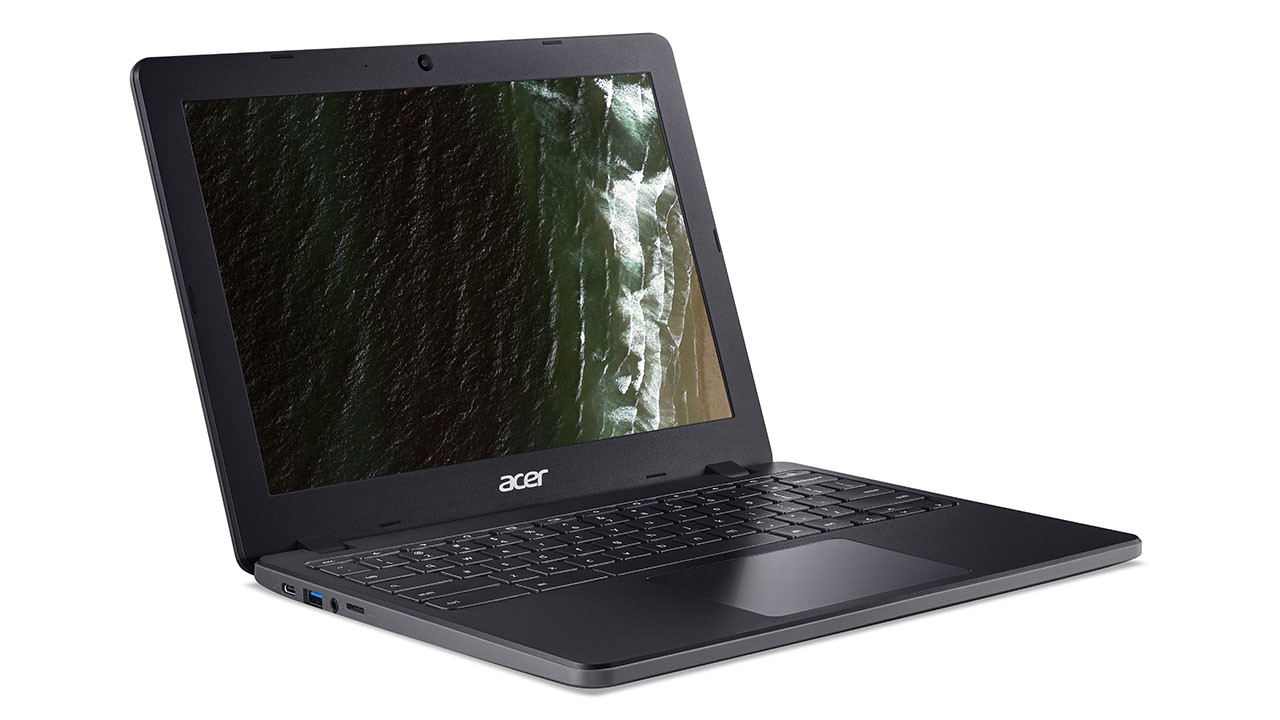
When it comes to the Chromebook C871, this model comes with a tenth generation Intel Core (Core i3-10110U) processor, or Pentium Gold 6405U CPU. The device has a 12+ HD display with a aspect ratio of 3: 2. Acer points out that the Chromebook C871 is characterized by stronger durability than the standard MIL-STD-810G offers.
The Chromebook C871 will be available in Europe from May, starting at $299.
> Read Next: PowerColor presents Radeon RX 5600 XT Red Devil with 14Gbps GDDR6 memory
So what do you think about this? Let us know your thoughts in the comments section below, follow us on twitter and facebook for more news and updates.
